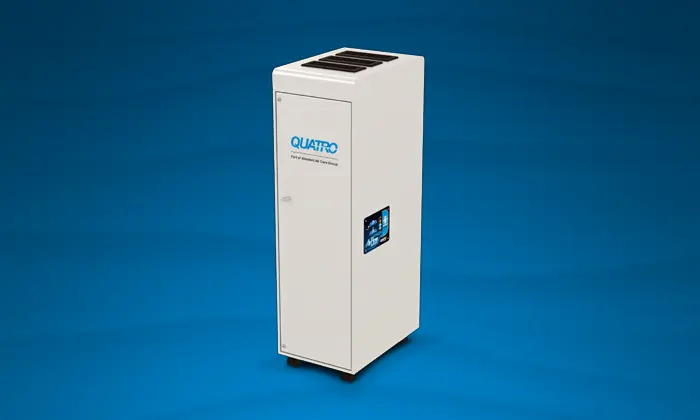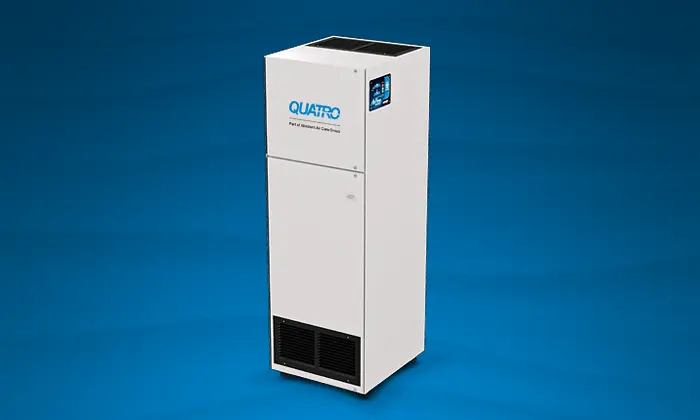Air Quality Issues and Concerns in Long Term Care Facilities and Nursing Homes
Elderly people often have weakened immune systems and other age-rated health problems, putting them at particular risk of complications due to poor IAQ. That’s why it’s so important that nursing homes take special care to eliminate airborne toxins and pathogens.
The main contaminants affecting IAQ in long-term facilities include:
Mold
Mold has spores that may contain mycotoxins, which could be poisonous. These spores can circulate throughout a building, contaminating indoor air.Because it contains poisonous spores, mold is quite dangerous if inhaled. Symptoms associated with mold exposure include:
Respiratory Issues
Coughing
Wheezing
Allergic Rhinitis
Headache
Dizziness
Poor concentration
Nose Bleeds
Rashes
Volatile Organic Compounds (VOCs)
They include
formaldehyde, fire retardants and acetone as well as the off gassing of furniture, carpeting and office equipment such as printers and cleaning agents. The off gassing of Polyvinyl Chloride (PVC), a plastic used in a number of medical products, can be another source of VOCs. Levels of these gasses tend to be higher in newer buildings or freshly cleaned spaces.
Particulate Matter
Particles are solid or liquid substances that include dust, dust mites, pollen, sulfates, aerosols, ash, fumes, metals and dirt. Light enough to suspend in the air, the largest of these particles can be seen with the naked eye, in a ray of sunlight. The smaller ones that are invisible pose the biggest inhalation hazard, as they can pass right through the nasal cavities and into the lungs.
High Carbon Dioxide Levels
High carbon dioxide levels also negatively impact IAQ and puts seniors at risk for poor health outcomes. Indoor spaces with high CO2 have been shown to cause a number of adverse effects including drowsiness, fatigue, headaches, dizziness and respiratory problems.
Infectious Disease
The COVID pandemic of 2020 taught us how vulnerable to infectious disease our nursing home population can be if appropriate measures are not taken. Capturing airborne pathogens to reduce infections and properly implementing isolation measures should be a priority for any long-term care facility. A cough or sneeze can propel infectious pollutants as much as 200 feet and remain airborne long enough to reach ceiling ventilation units, risking the health of immunocompromised patients in particular. To contain airborne pollutants and prevent their spread, implementing negative and positive pressure rooms can be highly effective.
Ozone
An inorganic molecule with a distinct pungent smell, ozone is a form of oxygen that is emitted from various machines such as UV air cleaners. In nursing homes, the likely culprits of ozone emissions are medical devices. Exposure has been known to lead to increased medication use, emergency room and doctor visits as well as hospital admissions. Linked to a number of adverse health effects mostly involving the lungs, ozone pollution can cause:
Coughing and Sore Throat
Difficult and Painful Breathing
Inflammation and Damage to Airways
Susceptibility to Infections
Aggravation of Asthma, Emphysema and Chronic Bronchitis
More Frequent Asthma Attacks



